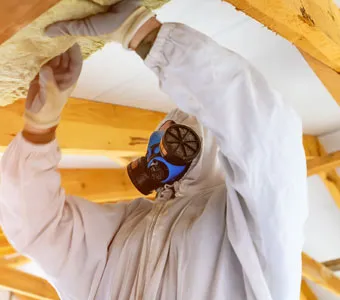WWII era Victory Ships, a possible source of asbestos exposure
WWII era Victory Ships, a possible source of asbestos exposure
In the decades following World War I, the United State’s Merchant Marine was not only quickly becoming outdated but dwindling in numbers. However, World War II changed everything as the nation established a renewed focus on its shipbuilding programs. In fact, according the U.S. National Park Service (NPS), roughly 5,500 ships were produced during the WWII shipbuilding program – of which, 2,710 of the ships manufactured were of the now infamous “Liberty” ship variety.
However, by 1943 it became evident that Liberty ships were too small to transport the significant amount of supplies that the Allied troops required – not to mention they were not fast enough to effectively evade the deadly German Navy and U-Boats – which is why a new ship-building program was established. The product of this new ship-building program was a faster and larger ship known as the “Victory” ship.
Although the ship-building initiatives created by the United States during WWII proved to be particularly successful, the vessels constructed during this period commonly utilized asbestos; thus exposing countless sailors to asbestos in subsequent years.
History of Victory ships
According to the NPS, the first Victory ship – the SS United Victory – was launched on January 12, 1944. Victory ships were roughly 455 feet long, 62 feet wide and could carry 10,850 deadweight tons. They were powered by a steam turbine – as opposed to the steam engine used in Liberty ships – that could produce up to 8,500 horsepower and had a cruising speed of 15 to 17 knots.
Victory ships generally had a crew of 28 naval personnel and 62 civilian sailors. Unfortunately for these sailors, asbestos was commonly used in the shipbuilding process during this era, meaning most sailors were at risk of asbestos exposure at some point during their service.
Because of its heat-resistance and insulation properties, asbestos could often be found in areas of naval ships that produced significant amounts of heat, such as near boilers and turbines. However, asbestos was also previously used to insulate pipes and electrical wiring on ships.
Dangers of asbestos
Although many of the WWII era ships have long since been decommissioned and scrapped, many victims of asbestos exposure are continuing to come forward as several of the diseases linked to asbestos may not even manifest themselves for decades after exposure. For example, asbestos exposure victims that develop mesothelioma can often go 25 to 40 years until the disease is diagnosed.
If you or a loved one has tragically suffered an asbestos-related illness, it is vital to contact an experienced asbestos-litigation attorney in order to be advised of your options and rights.






